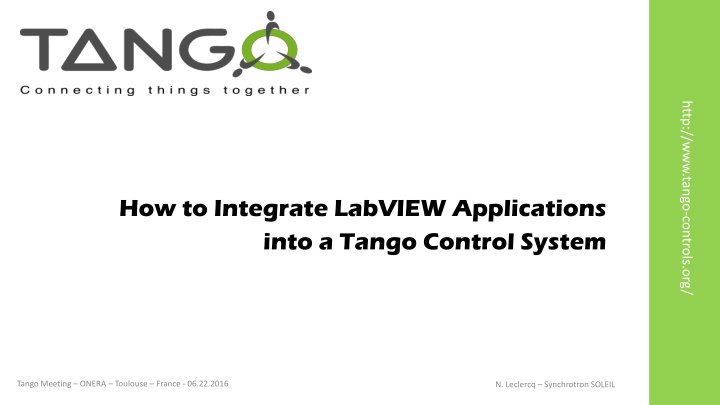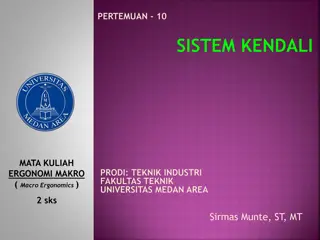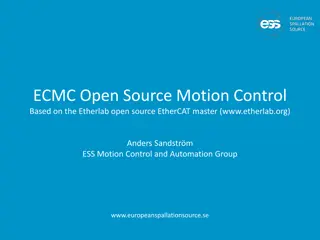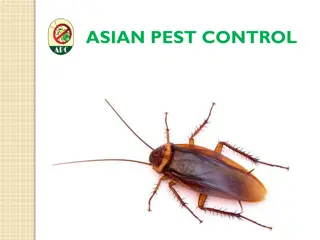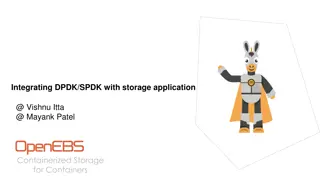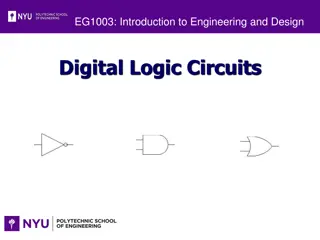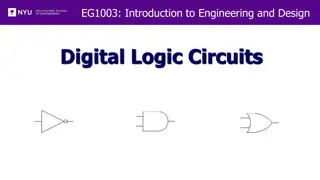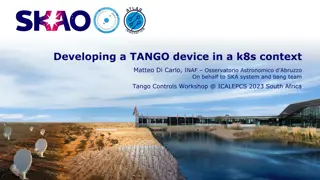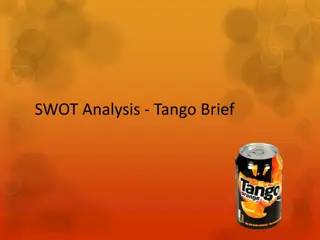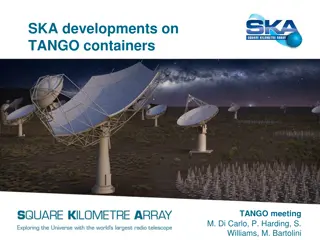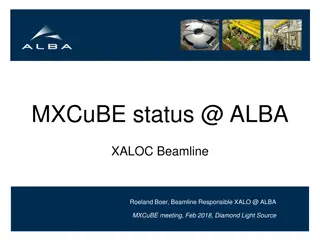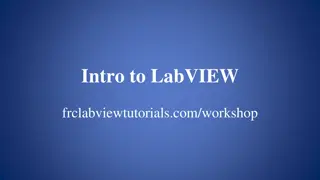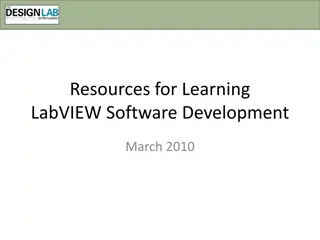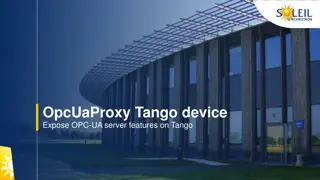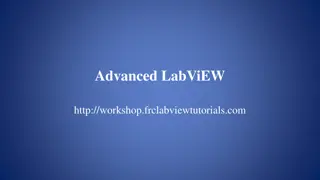Integrating LabVIEW Applications into Tango Control System
Learn how to turn LabVIEW applications into Tango device servers, including foundations, core components, and detailed steps in this comprehensive guide from a Tango Meeting in Toulouse, France. Discover the problem of integrating LabVIEW interfaces into a TANGO control system and explore the solutions provided. Dive into Client VIs, Server VIs, APIs, and more for seamless integration.
Download Presentation

Please find below an Image/Link to download the presentation.
The content on the website is provided AS IS for your information and personal use only. It may not be sold, licensed, or shared on other websites without obtaining consent from the author.If you encounter any issues during the download, it is possible that the publisher has removed the file from their server.
You are allowed to download the files provided on this website for personal or commercial use, subject to the condition that they are used lawfully. All files are the property of their respective owners.
The content on the website is provided AS IS for your information and personal use only. It may not be sold, licensed, or shared on other websites without obtaining consent from the author.
E N D
Presentation Transcript
http://www.tango-controls.org/ How to Integrate LabVIEW Applications into a Tango Control System Tango Meeting ONERA Toulouse France - 06.22.2016 N. Leclercq Synchrotron SOLEIL 1
About this talk Aim overview of a work in progress main motivation: turning a LabVIEW application into a Tango device server Part 1 : foundations & core components of the proposed solution how to write a Tango device in LabVIEW: the laborious way Nicolas Leclercq - Synchrotron SOLEIL Part 2 : solution enhancement on LabVIEW side how to write a Tango device in LabVIEW: the magical way Birgit Ploetzeneder ELI Beamlines
Problem & Solution The problem how to integrate subsystems delivered with a LabVIEW interface into a TANGO control system? The current offer the Tango binding for LabVIEW: a pure client platform :-( the DataSocket approach: very limited solution, works but doesn t scale well The solution add server support to the existing Tango binding for LabVIEW 100% native [no indirection, no intermediate protocol]
Client VIs Tango Bindings for LabVIEW [Vis library] Client API Tango Bindings for LabVIEW [C++ shared library] Client API Tango Core [C++ shared library]
Client VIs Server VIs Tango Bindings for LabVIEW [Vis library] Client API Server API Tango Bindings for LabVIEW [C++ shared library] Client API Server API Tango Core [C++ shared library]
LabVIEW Application w/ Tango interface Client VIs Server VIs Tango Bindings for LabVIEW [Vis library] Client API Server API Tango Bindings for LabVIEW [C++ shared library] Client API Server API Tango Core [C++ shared library]
The LabVIEW Server API [main VIs] Starting up Handling client requests Shutting down
The LabVIEW Server API [main VIs] Cmd ArgIn & ArgOut Get/Set Attr Value Misc.
Supported Tango features So far, support for Tango 9 minus {Pipes, DevEncoded} Pipes support to be studied [e.g. mapping? LV Cluster?] Almost everything configured via POGO e.g. default prop. value, polling, one exception: inheritance mechanism [to be implemented] Everything taken in charge by the Tango kernel e.g. [write,read]_attributes, events,
Demo: lets rewrite TangoTest in LabVIEW Step 1 1.1 - open POGO, 1.2 - define the device interface 1.3 - the generate the XMI file (and nothing else) Step 2 register your device into the Tango database Step 3 specify the path to the XMI file [repository] dedicated PathToPogoXmiFile class property Step 4 implement the device in LabVIEW using the provided VIs done!
